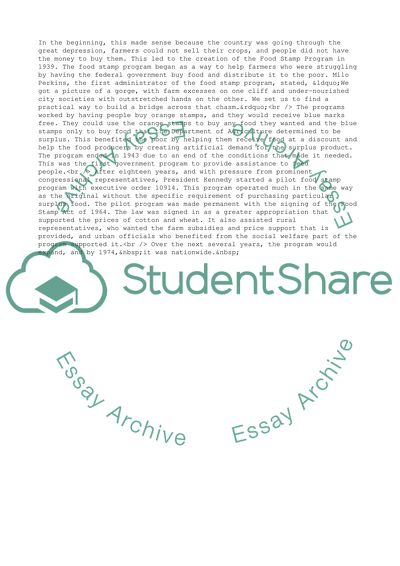Cite this document
(How Big Food Companies Are Corrupting the SNAP Program Essay, n.d.)
How Big Food Companies Are Corrupting the SNAP Program Essay. Retrieved from https://studentshare.org/business/1875769-how-big-food-companies-are-corrupting-the-snap-program
How Big Food Companies Are Corrupting the SNAP Program Essay. Retrieved from https://studentshare.org/business/1875769-how-big-food-companies-are-corrupting-the-snap-program
(How Big Food Companies Are Corrupting the SNAP Program Essay)
How Big Food Companies Are Corrupting the SNAP Program Essay. https://studentshare.org/business/1875769-how-big-food-companies-are-corrupting-the-snap-program.
How Big Food Companies Are Corrupting the SNAP Program Essay. https://studentshare.org/business/1875769-how-big-food-companies-are-corrupting-the-snap-program.
“How Big Food Companies Are Corrupting the SNAP Program Essay”. https://studentshare.org/business/1875769-how-big-food-companies-are-corrupting-the-snap-program.


